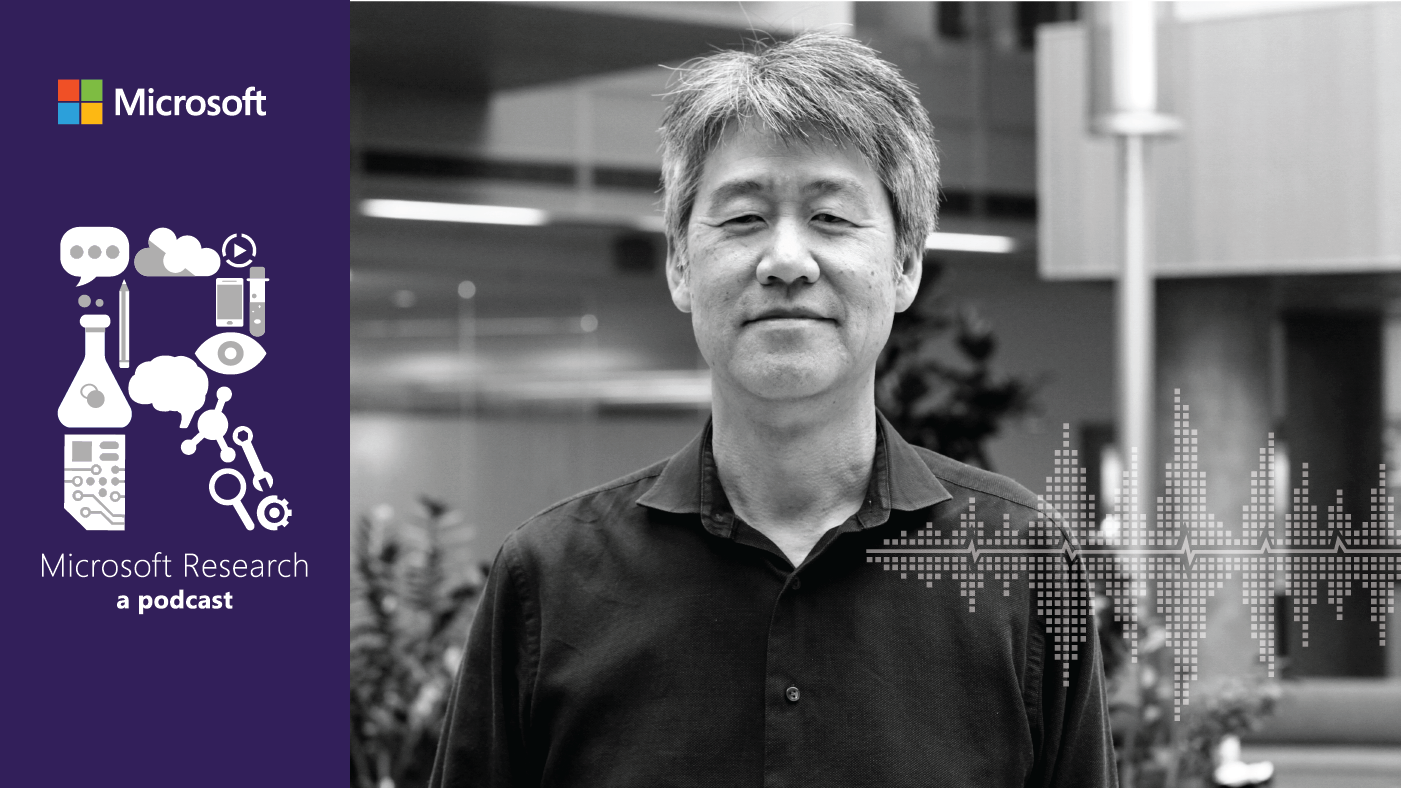Astronomy is rapidly becoming exponentially data rich, with data management, data exploration, and knowledge discovering becoming central to the research enterprise. This has brought about great opportunity for growth and discovery in both astronomy and computational science. It has also created many technical and methodological challenges. The emerging field of AstroInformatics provides a bridge between the scientific challenges that are associated with this rapid data volume growth and the inherent complexity of astronomy, engineering, computer science, and applied statistics.
This fascinating field was the subject of the AstroInformatics 2011 Conference (opens in new tab) (AI2011) held in Sorrento in September. The four-day conference attracted a broad community of astronomical, biomedical, computational, and educational professionals from around the world. An estimated 10 percent of the conference speakers presented via Skype, in keeping with the spirit of informatics. I’m proud to say that a number of representatives from the Earth, Energy, and Environment (opens in new tab) (E3) division of Microsoft Research Connections were active participants, both as attendees and presenters—including several keynotes.

Microsoft Research Podcast
Keynote by Dan Fay, director of E3 at Microsoft Research Connections,
on “The Rise of X-Informatics.
Demonstrating Thought Leadership
The conference began with a keynote by Dan Fay, director of E3 at Microsoft Research Connections, on “The Rise of X-Informatics.” Dan’s presentation successfully guided the discussion throughout the event on engaging scientific research with advanced computing technologies such as WorldWide Telescope, Microsoft Silverlight PivotViewer, and OData.
Later, Jenn Lin, senior test lead, Microsoft Silverlight, presented “Interactive Visualization of Massive Datasets Using Microsoft PivotViewer.” During the session, Jenn demonstrated compelling examples of how PivotViewer, an interactive data visualization tool, can be used to visualize and facilitate discovery of hidden science in large datasets. Audience feedback to Jenn’s session was positive.
“We should really explore interactive visualization tools like this while doing our data mining,” commented visionary scientist George Djorgovski. Another attendee, May Wang, immediately began visualizing ways to integrate the tools into her own work. “My (biomedical informatics) research can really benefit from PivotViewer,” she noted.
Building a Better Scientist
On the final day of the conference, I had the honor of opening the Computational Education for Scientists Workshop with my keynote presentation, “Building a Better Scientist.” I should note that several of the researchers who attended AI2011 have been significant contributors to—and supporters of—the Microsoft Research Transform Science effort since 2007. They recognize not only the importance of interdisciplinary computing for sciences, but also the urgency of creating a generation of computationally empowered scientists. “Computational literacy and data literacy are critical for all,” said Kirk Borne, a professor at George Mason University.
The day’s presentations stimulated a passionate discussion within the audience. Many people expressed their great expectation for Microsoft to help create computational thinkers among young scientists. “‘Building a Better Scientist’ will be a reserved topic at the next AstroInformatics meeting,” said Professor Giuseppe Longo a professor at the University Federico II in Naples, Italy, and a co-founder of the annual AstroInformatics conference.
The grand finale of AI2011 was a half-day workshop on Microsoft Research WorldWide Telescope (WWT). A dozen local science educators from high schools and a regional science museum joined the session attendees for this fascinating workshop.
I began the workshop by introducing Microsoft Research’s twentieth anniversary and presented WWT as a showcase project. Next, I introduced Alyssa Goodman of Harvard University who presented “Seamless Astronomy Enabled by WWT,” in which she discussed research that we recently featured on Science@Microsoft (opens in new tab) (see WorldWide Telescope and Seamless Astronomy (opens in new tab)). Her enthusiasm for WWT was reflected in her presentation. “WWT has made it to the community beyond personal levels,” she said. Speaker Ed Valentijn demonstrated WWT and Kinect in his session, the aptly named “Demonstrating WWT Live to 5,700 Festival Visitors.” (“The same will happen in Italy soon,” noted Professor Longo.)
During an hour-long Q&A session, I demonstrated how easy it is to create an astonishing WWT tour by combining data and images in WWT, with additional presentation materials in almost any form: astronomical images, music, clip art, narrative audio, etc. The excited audience couldn’t help but discuss it amongst themselves (in Italian). Although I could understand only a little of their conversation, I knew that—once again—WWT had wowed the audience.
—Yan Xu (opens in new tab), Senior Research Program Manager, Microsoft Research Connections
Learn More
- AstroInformatics 2011 Conference (opens in new tab)
- WorldWide Telescope (opens in new tab)
- Microsoft Silverlight PivotViewer (opens in new tab)
- OData (opens in new tab)
- Earth, Energy, and Environment at Microsoft Research Connections (opens in new tab)
- Microsoft Research Connections (opens in new tab)

